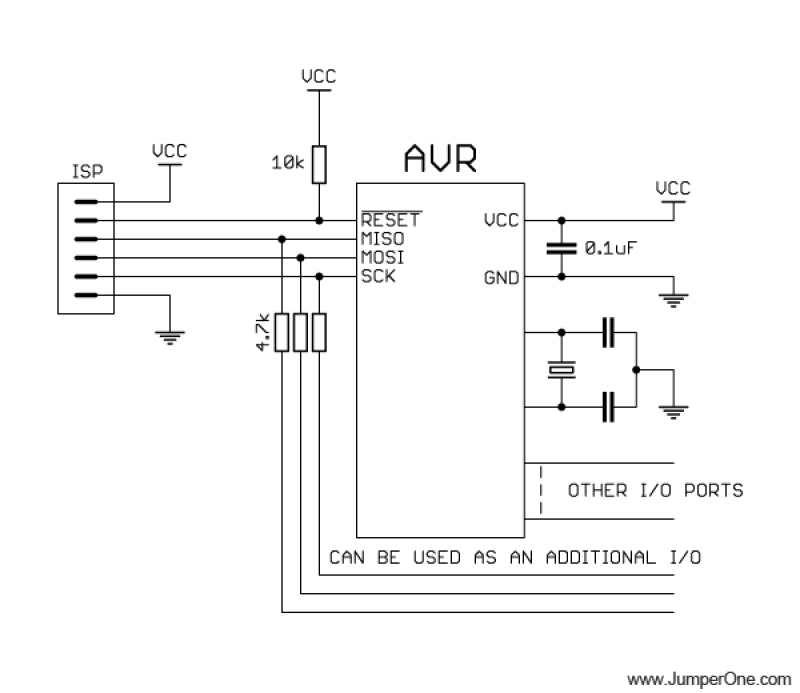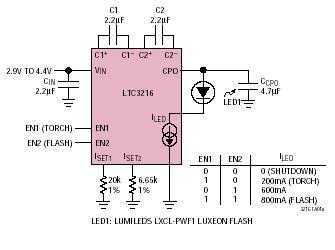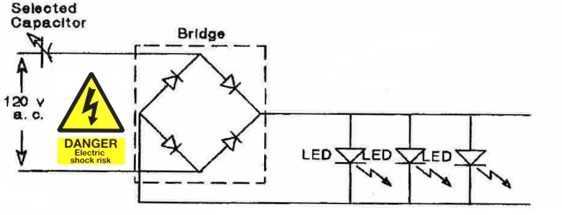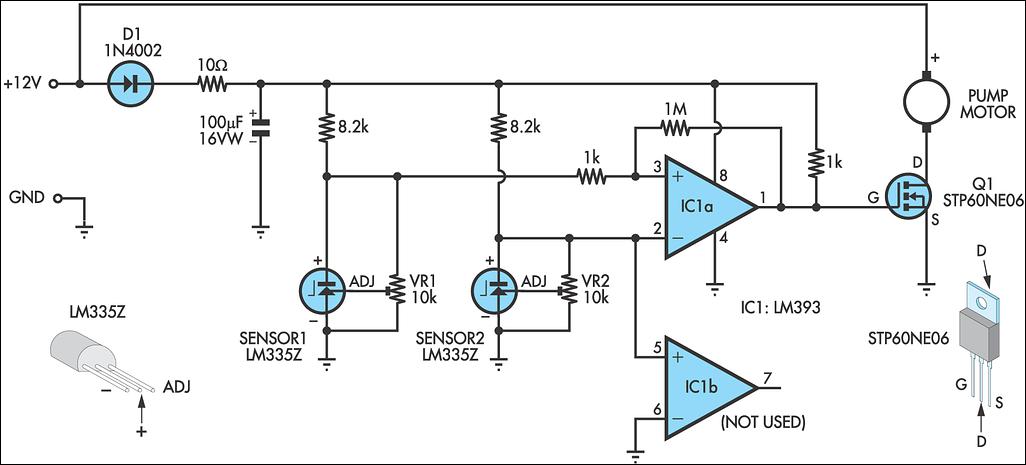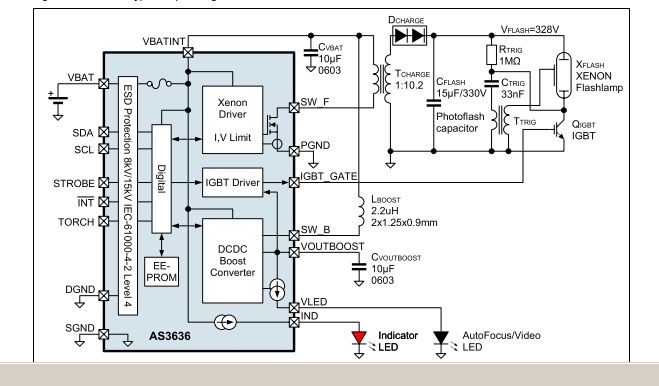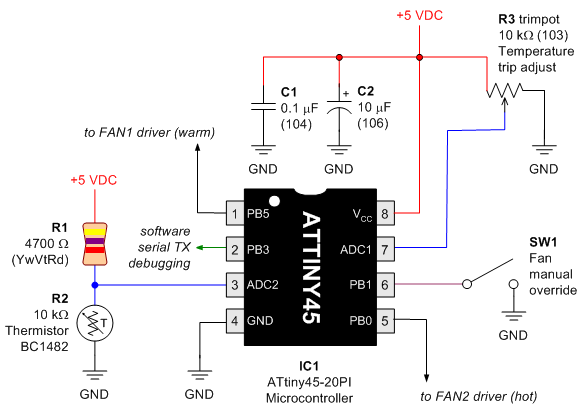
pdf led matrix cube controller 5x5x5
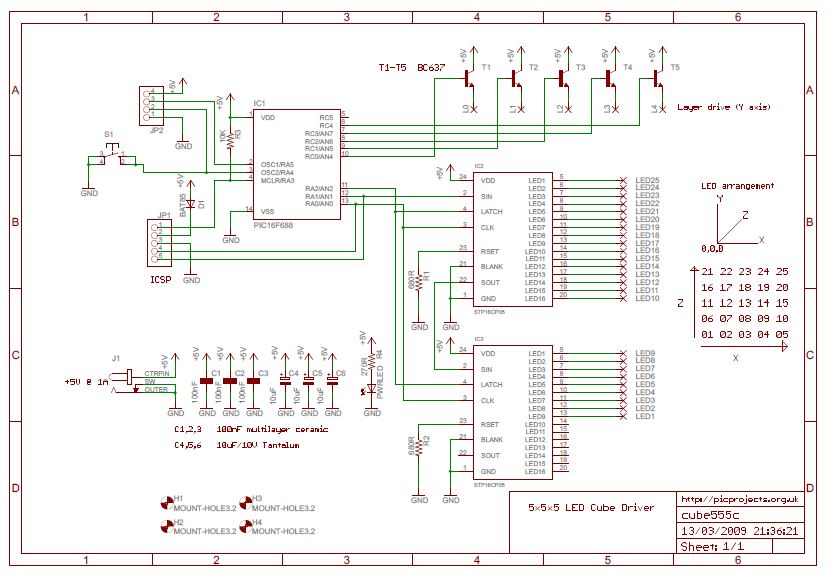
When viewing numerous videos on YouTube showcasing impressive LED cubes and intricate 3-D structures, it can be challenging to find explanations on how these creations are made. After searching online, an interesting project was discovered that utilizes a PIC 16F688 microcontroller to control a 5x5x5 LED cube. The LED cube consists of 125 LEDs arranged in 5 layers of 25 LEDs each. The display is multiplexed, requiring control of only one line for each of the five layers and 25 lines for each LED in a row, totaling 30 control lines. The cube is activated using a software routine that energizes each layer for 2 milliseconds, resulting in the entire cube being illuminated every 10 milliseconds (100 Hz). This approach eliminates noticeable flicker in the display. The design requires only 8 I/O lines to control the LED drivers for the cube, enabling a compact 14-pin PIC 16F688 microcontroller to manage the entire setup. This microcontroller operates at an internal clock frequency of 8 MHz and has 4K words of program memory.
The described LED cube is a 3-dimensional display composed of 125 individual LEDs, strategically arranged in a cubic formation with 5 layers, each containing 25 LEDs. The multiplexing technique employed allows for a reduction in the number of control lines required to drive the cube, significantly simplifying the control mechanism. Instead of needing 125 control lines—one for each LED—the design only necessitates 30 lines: 5 for layer control and 25 for row control. This innovative approach not only minimizes the complexity of the circuit but also makes it feasible to utilize a small and efficient microcontroller like the PIC 16F688.
The PIC 16F688 microcontroller is well-suited for this application due to its compact size and sufficient processing power. With an operating frequency of 8 MHz, it can execute the required tasks with adequate speed to prevent flickering in the display. The software routine that controls the LED cube is designed to activate each layer for a brief period (2 ms), cycling through all layers every 10 ms. This timing ensures that the human eye perceives a continuous illumination effect, enhancing the visual appeal of the display.
The circuit design includes LED drivers that are controlled by the microcontroller through the 8 I/O lines. These drivers manage the current flowing through the LEDs, ensuring that they operate within their specified limits. The careful selection of components, such as the microcontroller and LED drivers, along with the multiplexing technique, results in an efficient and visually striking LED cube.
In conclusion, the combination of the PIC 16F688 microcontroller and the multiplexed LED arrangement creates a dynamic and engaging display. This project serves as an excellent example of how to effectively utilize microcontrollers for creative visual applications, making it an appealing endeavor for electronics enthusiasts and hobbyists alike.When you ability accept apparent abounding videos about you tube assuming off crazy LED cubes, basic 3-D structures etc. But haven`t acquisition annihilation that explains how this is actuality done. Well analytic over internet i begin this abundant activity fabricated application a PIC 16F688 microcontroller acclimated to ascendancy a 5x5x5 LED c
ast cube. The LED cube is fabricated up from 125 LEDs abiding into 5 layers of 25 LEDs each. The affectation itself is multiplexed so instead of acute 125 access it requires one to anniversary of the bristles layers and 25 to anniversary LED in a band authoritative a absolute of 30. The cube is alive by a software arrest accepted with anniversary band alive for 2ms, so the absolute cube is alive every 10mS (100Hz).
This after-effects in a affectation with no arresting flicker. Only 8 I/O curve are bare to ascendancy the LED drivers for the cube which allows a tiny 14 pin PIC 16F688 microcontroller to ascendancy the accomplished cube. This micro has an centralized 8Mhz alarm and 4Kwords of affairs memory. 🔗 External reference
The described LED cube is a 3-dimensional display composed of 125 individual LEDs, strategically arranged in a cubic formation with 5 layers, each containing 25 LEDs. The multiplexing technique employed allows for a reduction in the number of control lines required to drive the cube, significantly simplifying the control mechanism. Instead of needing 125 control lines—one for each LED—the design only necessitates 30 lines: 5 for layer control and 25 for row control. This innovative approach not only minimizes the complexity of the circuit but also makes it feasible to utilize a small and efficient microcontroller like the PIC 16F688.
The PIC 16F688 microcontroller is well-suited for this application due to its compact size and sufficient processing power. With an operating frequency of 8 MHz, it can execute the required tasks with adequate speed to prevent flickering in the display. The software routine that controls the LED cube is designed to activate each layer for a brief period (2 ms), cycling through all layers every 10 ms. This timing ensures that the human eye perceives a continuous illumination effect, enhancing the visual appeal of the display.
The circuit design includes LED drivers that are controlled by the microcontroller through the 8 I/O lines. These drivers manage the current flowing through the LEDs, ensuring that they operate within their specified limits. The careful selection of components, such as the microcontroller and LED drivers, along with the multiplexing technique, results in an efficient and visually striking LED cube.
In conclusion, the combination of the PIC 16F688 microcontroller and the multiplexed LED arrangement creates a dynamic and engaging display. This project serves as an excellent example of how to effectively utilize microcontrollers for creative visual applications, making it an appealing endeavor for electronics enthusiasts and hobbyists alike.When you ability accept apparent abounding videos about you tube assuming off crazy LED cubes, basic 3-D structures etc. But haven`t acquisition annihilation that explains how this is actuality done. Well analytic over internet i begin this abundant activity fabricated application a PIC 16F688 microcontroller acclimated to ascendancy a 5x5x5 LED c
ast cube. The LED cube is fabricated up from 125 LEDs abiding into 5 layers of 25 LEDs each. The affectation itself is multiplexed so instead of acute 125 access it requires one to anniversary of the bristles layers and 25 to anniversary LED in a band authoritative a absolute of 30. The cube is alive by a software arrest accepted with anniversary band alive for 2ms, so the absolute cube is alive every 10mS (100Hz).
This after-effects in a affectation with no arresting flicker. Only 8 I/O curve are bare to ascendancy the LED drivers for the cube which allows a tiny 14 pin PIC 16F688 microcontroller to ascendancy the accomplished cube. This micro has an centralized 8Mhz alarm and 4Kwords of affairs memory. 🔗 External reference
